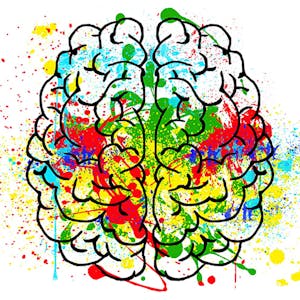Principles of Economics: Macroeconomics - The Big Picture
About this Course
Take a trip with me in this the third and final course of this Economics 100 Specialization which is a direct adaptation from one of my courses I teach at Rice University. Specifically, in this course we\'re going to be focusing on Macroeconomics. What is Macroeconomics you might be asking? Well, you\'ve come to the right place! We\'re going to be going over the big picture of economics- which is examining the measures we use to gauge the health of national economies and study the theories and policies aimed at improving economic health. In a nutshell, how can we use economics to make the world a better place? Through course lectures, quizzes, discussions, and problem sets, my hope is that you\'ll be able to digest economic news with a more discerning viewpoint, and have a more informed view about the cost and benefits of economic policy. Finally, my hope is that you\'ve learned to look at the world around you through the eyes of an economist. By the end of this course you should be able to: 1. Describe how GDP is used to measure macroeconomic performance. 2. Describe how inflation is used to measure macroeconomic performance. 3. Describe how unemployment rates and participation rates are used to measure macroeconomic performance. 4. Identify the primary sources of economic growth and explain the observed cross- country differences in income per capita. 5. Define savings and explain the factors influencing financial flows and international trade. 6. Identify the function of the federal reserve, describe the relationship between nominal interest rates, money demand and money supply, and describe the relationship between exchange rates and Net Exports. 7. Explain the interaction between aggregate demand and aggregate supply to determine the price level, real GDP, and employment. 8. Describe the role of government and analyze policy responses to business cycle shocksCreated by: Rice University

Related Online Courses
In this Specialization, you will master design thinking competencies in an engaging hands-on, project-based format. We will guide you through a detailed 14-Step process where you will tackle a... more
Climate change is an urgent problem that affects everything from human health and food security to immigration patterns and water resources. The good news is that solutions to reduce the threat of... more
The field of analytics is typically built on four pillars: Descriptive Analytics, Predictive Analytics, Causal Analytics, and Prescriptive Analytics. Descriptive analytics (e.g., visualization, BI)... more
This specialization is intended for students, working professionals, entrepreneurs, and intrapreneurs looking to learn more about strategies and tools to run an effective social business.... more
This course is about what you can do when everything around you seems to be moving due to digital change. It is about how to handle the disruptive process that tends to unfold in the industry... more








